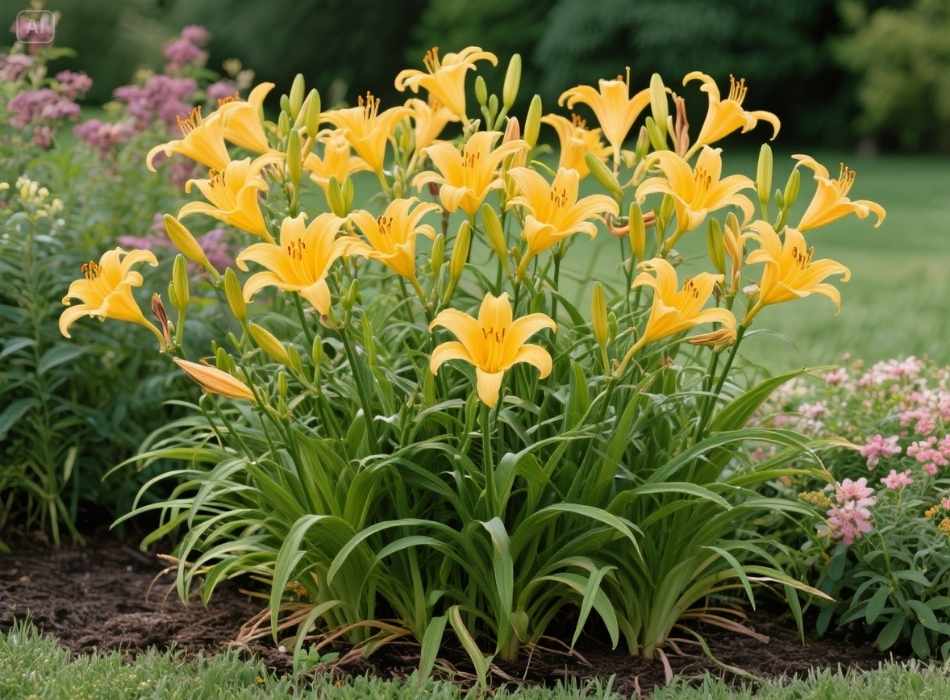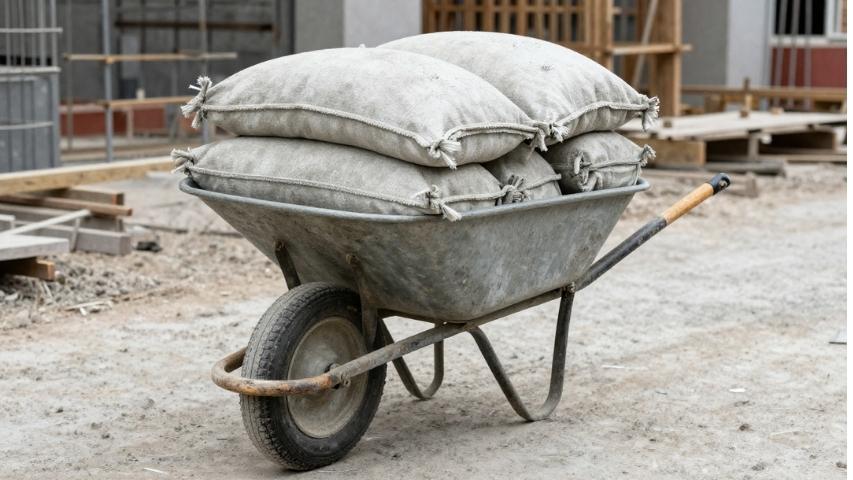Daylilies are a beloved garden staple, celebrated for their vibrant colors, hardy nature, and ease of care. But if you’re planning your garden and considering adding these beauties to your landscape, you might be wondering, “What is the size of a daylily?” Understanding the different sizes and growth habits of daylilies can help you choose the perfect variety for your space. This guide dives into the specifics of daylily sizes, from their height to their flower diameter, and provides helpful tips for integrating them into your garden.
What Are Daylilies?
Before we jump into the specifics of sizes, let’s briefly explain what daylilies are for anyone new to gardening. Daylilies (Hemerocallis) are perennial plants known for their trumpet-shaped blooms that only last a single day. Despite this short bloom period, each plant produces numerous blossoms, ensuring a colorful display throughout their flowering season. They are hardy, adaptable, and grown in almost any climate, making them a favorite among gardeners.
Fun fact: Daylilies are not true lilies. Unlike true lilies, they grow from fleshy, tuberous roots instead of bulbs.
The Three Dimensions of Daylily Size
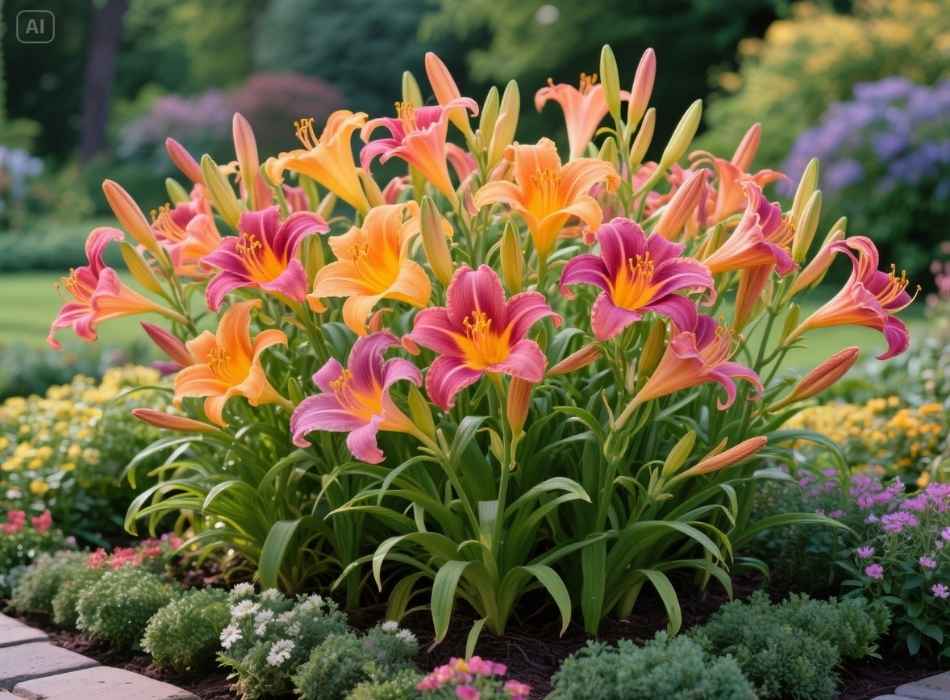
Daylilies come in a variety of sizes, making them suitable for all sorts of garden designs, from small borders to sprawling landscapes. Their size is typically measured in:
- Height
- Flower Diameter
- Foliage Width
1. Daylily Height
Daylilies vary significantly in height, with different varieties suitable for various garden uses. Heights are generally measured from the base of the plant to the top of the flowering stem (scapes).
- Miniature Varieties (under 12 inches) are ideal for borders, small gardens, or container planting. Examples include ‘Bitsy’ and ‘Mini Pearl’.
- Medium Varieties (1 to 3 feet): These are the most common and versatile types, perfect for mixed flower beds. Examples include ‘Stella de Oro,’ known for its long-lasting blooms, and ‘Fragrant Returns.’
- Tall Varieties (Over 3 feet): These towering daylilies make a dramatic statement in the garden, often used as focal points or in the back of flower beds. Examples include ‘Challenger’ and ‘Autumn Minaret,’ which can reach up to 6 feet in height!
2. Flower Diameter
The size of daylily blooms is just as varied as their height. Bloom size is measured as the widest point across the bloom.
- Miniature Blooms (Under 3 inches): Compact flowers that pack a punch of color, found on smaller varieties like ‘Little Business.’
- Medium Blooms (3 to 5 inches): The most abundant bloom size, which complements medium-height plants like ‘Pardon Me.’
- Large Blooms (6 inches or more): These dramatic flowers often pair with tall varieties, such as ‘Strutter’s Ball,’ for a bold garden impact.
3. Foliage Width
While the height and blooms take center stage, daily foliage also contributes to the plant’s overall size. Ranging from arching grass-like leaves to broader, denser clumps, the foliage can spread from 1 to 2 feet wide. Keep this in mind when planning garden spacing to avoid overcrowding.
Choosing the Right Size Daylily for Your Garden
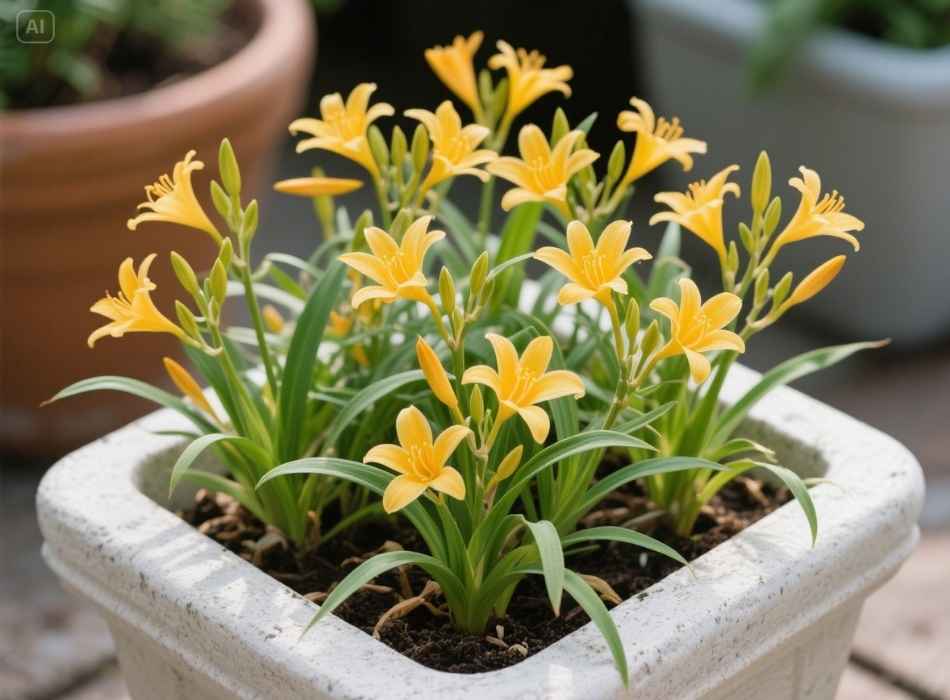
Small Spaces or Containers
For limited spaces, miniature daylilies with smaller foliage and blooms are a perfect fit. They add vibrancy without overpowering their surroundings.
Recommendation: Try ‘Bitsy,’ a dwarf variety with a continuous bloom, or ‘Pandora’s Box’ for compact but striking flowers.
Mixed Borders and Flower Beds
Medium-height daylilies are ideal for mixing with other perennials or annuals in beds. They create volume and texture, filling gaps between taller and shorter plants.
Recommendation: ‘Stella de Oro’ is a classic choice, offering bright yellow blooms and reliable performance.
Dramatic Lawn Statements
Tall daylilies with large blooms are excellent for creating focal points in your garden or lining the back of a flower bed for depth and dimension.
Recommendation: Go for ‘Autumn Minaret,’ which reaches an impressive height and offers warm, golden-yellow blooms.
Factors Influencing Daylily Growth Size
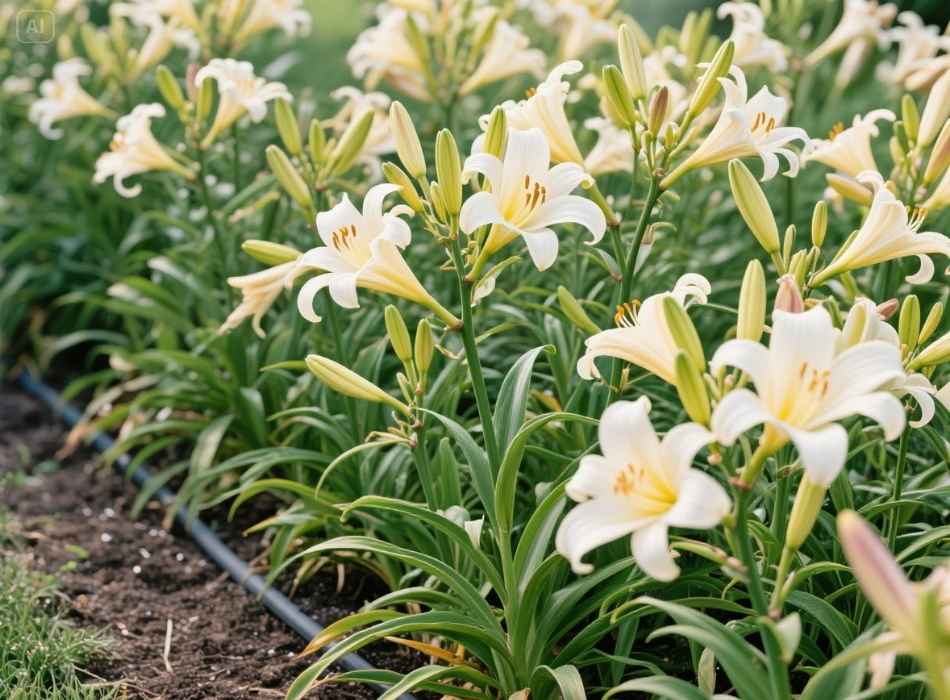
Several factors can influence the ultimate size of your daylilies. If your plants aren’t reaching the height or bloom size expected, consider the following:
Cultivar
Each variety has its genetically determined maximum size. Check the plant tag or description when purchasing plants.
Sunlight
Daylilies thrive in full sun (at least 6 hours a day). Lack of sunlight can stunt growth and reduce blooms.
Watering and Soil Quality
These plants prefer well-draining soil with consistent moisture. Poor soil or lack of nutrients can result in smaller foliage and blooms.
Climate
While daylilies are hardy, extreme conditions—either too hot or too cold—can impact their growth. Always choose varieties suited to your gardening zone.
Daylilies by the Numbers
For those who love specifics, here’s a quick reference guide to typical daylily sizes:
Category
Size
Plant Height 6 inches to over 6 feet
Flower Bloom Width 1 inch to 8 inches
Foliage Width 12 inches to 24 inches
Daylilies: Big or Small, They’re Perfect for Any Garden
Daylilies offer something for every garden and every gardener. Whether you’re creating a compact urban balcony oasis or sprawling country flower beds, there’s a daily size and variety for you. Their vibrant blooms, low maintenance, and adaptability make them the ultimate choice for plant lovers.
The key to a stunning daylily display lies in understanding their sizes, selecting the right varieties for your space, and nurturing them with the proper care. Need help choosing your perfect match? Visit our plant guide or connect with expert gardeners in our community for personalized advice.







